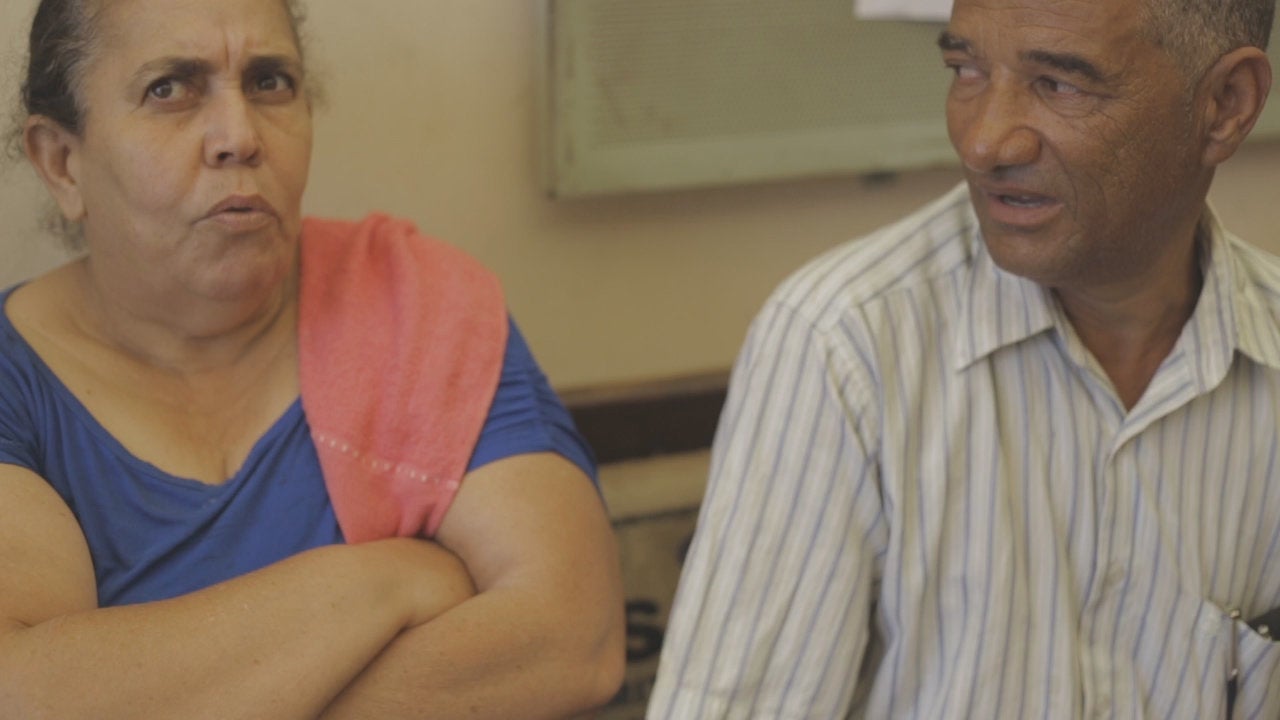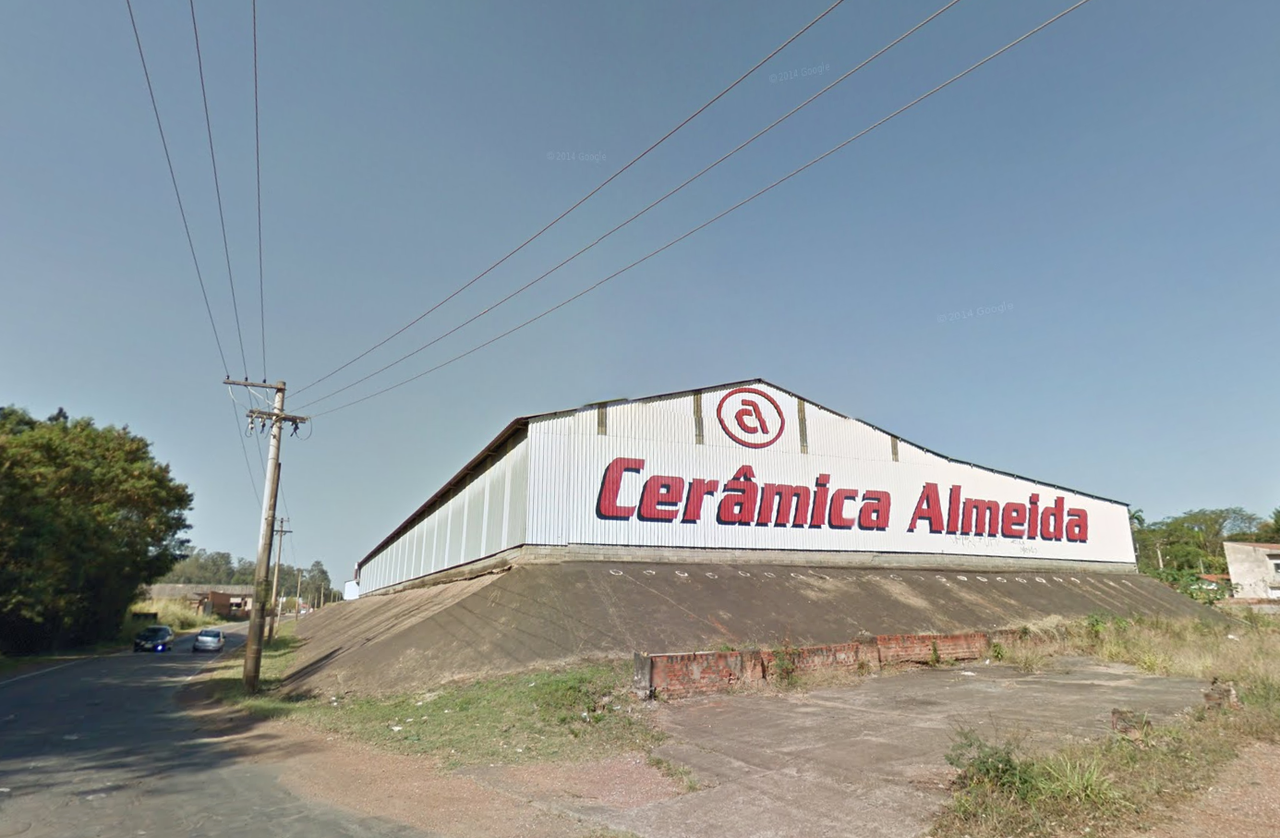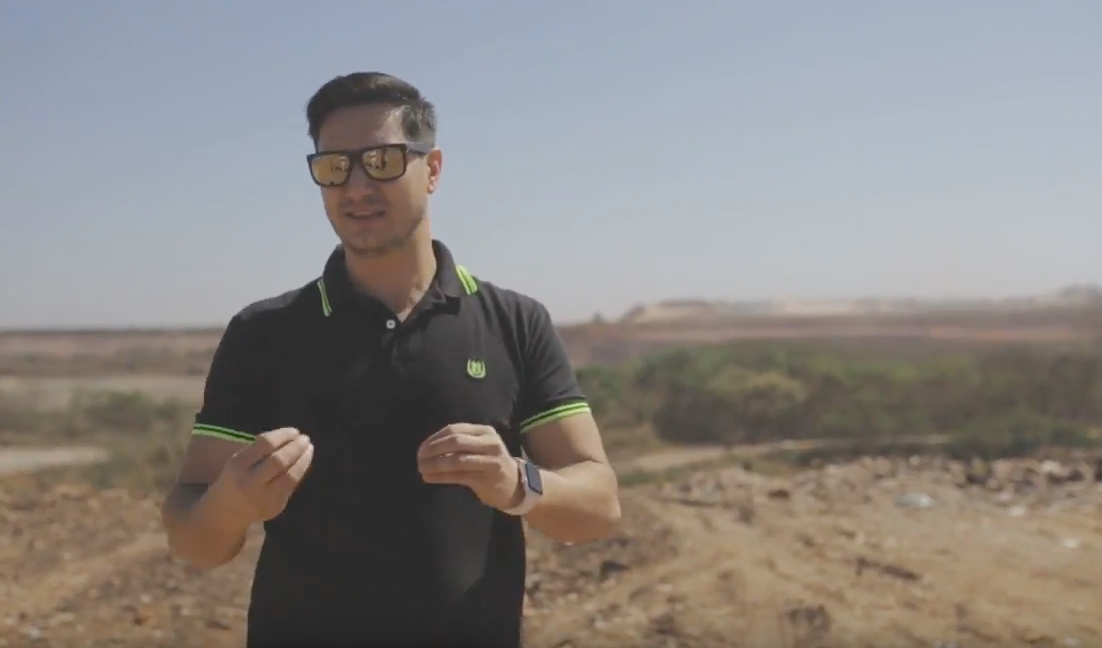SANTA GERTRUDES, Brazil – The sunset over Santa Gertrudes, a small town 175 miles west of the Brazilian metropolis of São Paulo, is renowned for its beauty at dusk, when shimmering red, orange and pink hues streak across the horizon.
But the dazzling display has a filthy source: Santa Gertrudes has the worst air pollution of any Brazilian jurisdiction listed in the World Health Organization’s 2016 ambient air pollution database, with some particle pollution comparable to that of Shanghai.
Residents are forced to sweep their homes several times a day to clear the accumulated dust. At night, it often looks like there are no stars in the sky. And many people in the town say they’re sick from breathing the air.
“There’s no way to avoid the dust,” said Nelson Rodrigues, a 53-year-old machine technician, as he stood in line at the local hospital, where he was hoping to be treated for what he thinks are pollution-related ailments.
In the seven years he has lived in the city, Rodrigues’ health has deteriorated considerably, he said. “My head feels heavy. I feel shortness of breath and a scratchy throat.”
This small town of about 25,000 people owes its livelihood to the rich clay deposits in the area and the 29 factories that make Santa Gertrudes the largest producer of ceramic tile in the Americas. Directly or indirectly, clay has sustained the town’s economy for generations ― but it is also the source of its pollution.

Many see the air pollution that is a byproduct of the clay extraction, transport and ceramics production as an acceptable hazard, the price to be paid for a stable source of income for so many in the area.
Air pollution caused 6.1 million deaths in 2016, according to the University of Washington’s Institute for Health Metrics and Evaluation. Brazil’s Ministry of Health says 49,000 Brazilians die from air quality-related illnesses every year, breathing in tiny particles that can lead to chronic lung disease and acute respiratory infections, lung cancer, heart disease and strokes.
“We are trading our health for money ― and the health sector is footing that bill,” said Paulo Saldiva, a professor of medicine at the University of São Paulo.
The air pollution most severely affects the poor, as well as children and the elderly. It is not merely a question of public health, but also one of fundamental human rights, says Saldiva, who sits on the World Health Organization committee that sets air quality standards.
“From the individual’s perspective, there’s not much you can do. You can filter your water or swap out your soil if it is contaminated. But when it comes to the air, there’s nothing you can do. You cannot stop breathing.”
“We are trading our health for money ― and the health sector is footing that bill.”
- Paulo Saldiva, University of São Paulo
Saldiva believes a fundamental shift in perspective is needed.
“We regularly pay more for an organic product because we know it does not harm our health. This same line of thinking needs to be extended to everything else,” he said. “The company that invests in better technology gains value in the market. The culture of our society and corporate sector needs to change, and the first step is negotiating a framework for reducing emissions from ceramics factories.”
Heitor Neto, a manager at the ceramics factory Almeida, which specializes in glazed pavements and tiles, says the industry is not responsible for the pollution afflicting Santa Gertrudes. He insists that the machinery and kilns used in the production process are regularly inspected and meet the standards set by environmental agencies.
“Our ceramics factories are seen as a model throughout the world: They are efficient, productive and … modern,” Neto said. The real problem, he said, was the dust from the roads that gets kicked up when raw material is transported from the mines to the factories.
In the area, the tile industry employs 12,000 people in production, and many more in associated industries such as logistics and sales, according to the Paulista Association of Ceramic Coating, or ASPACER.
The average salary for a factory worker is 2,500 Brazilian reais ― about $780 per month ― well above the minimum monthly salary of 954 reais. Beyond the pay, the industry offers stability and a steady stream of work, especially to men between the ages of 20 and 50.
Rodrigues, the machine technician, feels he has to stay close to Santa Gertrudes, despite his health problems.
“I’ve always worked in a factory and I need this job.”

Santa Gertrudes’ concentration of tiny PM2.5 particles ― considered among the most harmful to human health ― was four times above what the World Health Organization defines as acceptable to human health in 2016, the last year for which statistics were available.
And things are going in the wrong direction. In 2015, under 1 in 3 days were classified as having “good” air quality. The following year, it was 1 in 5, according to readings from an air quality monitoring unit in the city.
Ednea Parada, who works for state environmental agency CETESB (the Environmental Company of the State of São Paulo), investigates the levels of pollution in the ceramics industry. She believes more extraction of clay and higher production has caused the levels of particulate matter to increase.
Ceramics producers don’t have a good environmental record in the region.
In 2015, the Public Attorney’s Office of São Paulo investigated pollution in the Corumbataí River that serves the region, and concluded that unauthorized clay extraction by ceramics producers had contributed to pollution there. The office also said the process of burning clay releases fluoride, a toxic substance that contaminates the air, the ground and the river’s water.
Following the investigation, ceramics companies were ordered to apply filters to their kilns to control and capture fluoride. CETESB has since inspected factories and monitored levels of the substance.
“It was necessary to create a monitoring system,” said Parada, who coordinates CETESB’s unit based in the city of Limeira. “We check whether the equipment has been used correctly and whether it is fulfilling its purpose.”
But some researchers say the filters installed on the factory chimneys do not catch all the dust from ceramics production. There’s also a misconception that clay dust is somehow less dangerous than chemical emissions.
“The aerodynamic shape of silica, a component of clay, is what is most worrying, since it is sharp,” said Meyre Oliveira, a researcher in geosciences and environment of the State University of São Paulo, who, with the support of ASPACER, is carrying out a project to investigate all sources of pollutants in Santa Gertrudes.
“When you breathe it in, it cuts the lungs’ tiny air sacs and harms the respiratory system. If you already suffer from a lung disease, this will just make things worse,” Oliveira said.

Paulo Fernando de Mello, the secretary for public works and the environment in Santa Gertrudes, said the municipality is in talks with the government of the state of São Paulo to pave about 10 miles of roads connecting the extraction pits to the ceramics production hub.
He estimated that paving the road will reduce the amount of dust by at least 50 percent.
But São Paulo’s Department of Roads said that as of yet, there is no start date to the project. In the meantime, Santa Gertrudes is charging the ceramics factories for the use of water trucks to help settle the dust, as well as enforcing the use of tarps on transport trucks.
In de Mello’s opinion, Santa Gertrudes residents must get used to the region’s air, because their city depends on the ceramics factories.
“If I stop a truck in its tracks on the road, the factory will stop producing, it will lay off workers, and I’m sure it will just be worse,” he said. “To those who question me, I often say: ‘You came to work in this city knowing what it’s like. How can you complain now?’”
Santa Gertrudes receives about 80 million Brazilian reais, or about $25 million, in annual tax revenue. If the ceramics factories stopped producing, the resulting drop in revenue would affect the entire city’s population, de Mello said.
“The city’s gears need to keep turning. People need to work. And we need the revenue,” he said. “It’s a small city. But it’s a developed one. It’s a very busy city ― thanks to this industry.”
